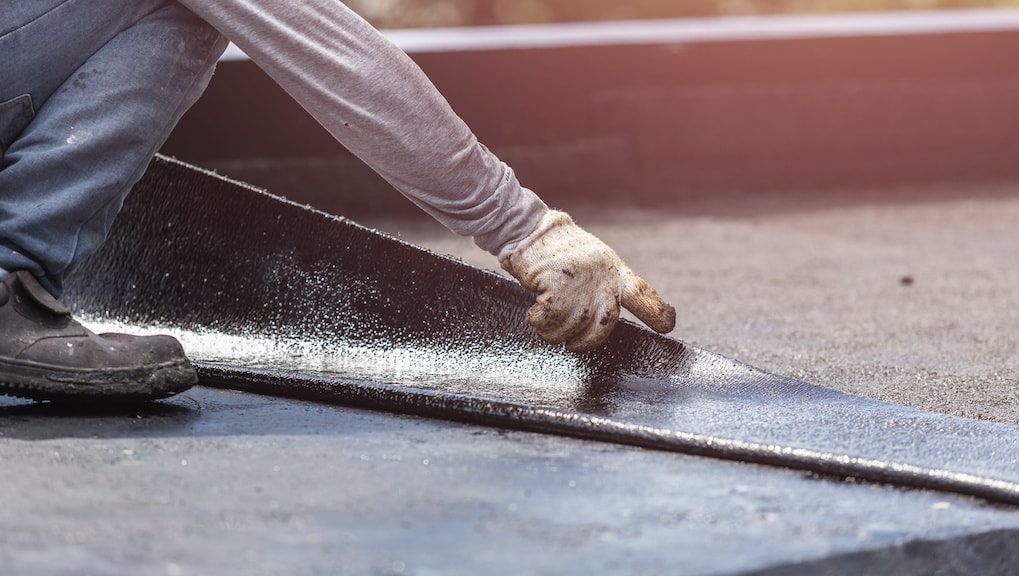Getting a new roof is one of the biggest investments a homeowner can make. So it’s important to know how to properly install a new roof to get the best results. However, if you want a hassle-free life, then contact Roofing Columbus GA for professional help.
The first step is to choose the right materials. Then, you’ll need to select the right roofer for the job.
Choosing the right materials for roofing installation is an important decision that should be made with the help of a professional. There are a number of factors that should be considered before making the final decision, including the climate in your area, your budget, and the style of your home.
Roofing installation is a big investment that will last for many years, so you want to be sure that you are making the best choice for your needs. The materials you choose can make a huge impact on how long your roof lasts and whether it withstands harsh weather conditions.
The first thing you need to consider when selecting roofing material is the climate in your region. It is crucial that your new roof can withstand heavy rains and other weather conditions. If you live in an area that experiences severe snowfall, you may need to invest in a heavier material like metal roofing.
Another factor that should be considered when picking a material is the amount of maintenance it requires. While some materials, like asphalt shingles, require little to no maintenance, others, such as cedar shakes, require regular staining and sealing.
In addition to durability, you should also look at energy efficiency when choosing a roofing material. Some materials, such as metal roofing, can reflect heat and keep your home cooler.
It is also important to consider the cost of different roofing materials. While some materials, such as clay or concrete tiles, are more expensive up front, they can be very durable and may save you money over time due to their longevity and energy efficiency.
If you are planning to sell your house in the future, it is also important that the material is durable and doesn’t fade easily. This will increase the value of your property and help you attract potential buyers.
Using low-quality materials can damage your home and cause other problems, such as mold, mildew, and tree damage. Choosing high-quality materials is the best way to avoid this problem and ensure that your roof will last for many years.
Roofing underlayment is one of the most important components of any roof. It provides crucial water protection and protects the underlying roof structure from damage. Without this material, your roof might suffer leaks, sagging, and other issues that can shorten its lifespan and cause you to spend money on a new roof sooner than needed.
There are three main types of underlayment: felt paper, rubberized asphalt, and synthetic. These all have their pros and cons, and it’s important to know what works best for your roof type and climate.
Felt paper (also called asphalt-saturated felt) is an underlayment that has been saturated with asphalt and is often used on steep-slope roofs because it allows for the better transference of water from the ground to the surface. However, this underlayment has volatile compounds that can dissipate quickly, so it deteriorates faster in hot, sunny climates.
Non-bitumen synthetic underlayment is a more durable and lightweight alternative to felt paper. It is saturated with asphalt and then reinforced with fiberglass for superior stability and tear resistance. This underlayment is typically installed on an entire roof deck instead of a section at a time like felt paper.
It’s also resistant to fire, making it an excellent option for areas with extreme temperatures. However, it is more expensive than other options, so you may want to consider an alternative if you’re on a budget.
The other underlayment option is rubberized asphalt, which contains a high percentage of asphalt and rubber polymers that make it completely waterproof. While this underlayment is more expensive than felt paper, it’s much stronger and more durable, so it will last longer.


 If your old roof is deteriorating, you can choose to have it re-roofed, which is less expensive than a complete roof replacement. It doesn’t require the tear-off of your old roof, which will save you time and money. Additionally, it’s possible to install a new roof in just a few days, reducing the cost and time of tearing off your old roof. There are several advantages to reroofing your home, however.
If your old roof is deteriorating, you can choose to have it re-roofed, which is less expensive than a complete roof replacement. It doesn’t require the tear-off of your old roof, which will save you time and money. Additionally, it’s possible to install a new roof in just a few days, reducing the cost and time of tearing off your old roof. There are several advantages to reroofing your home, however.